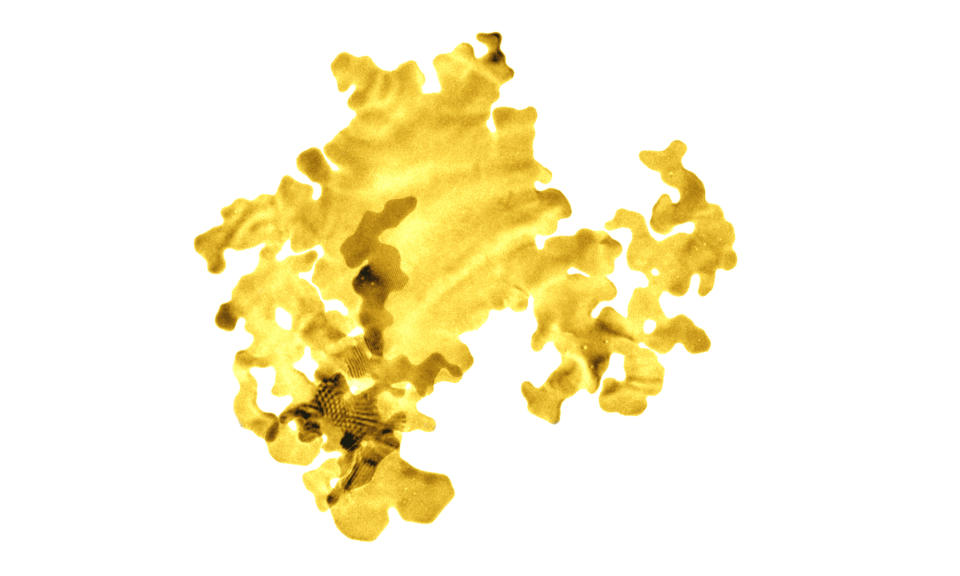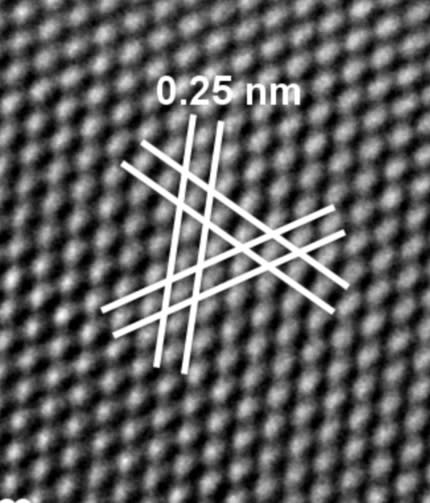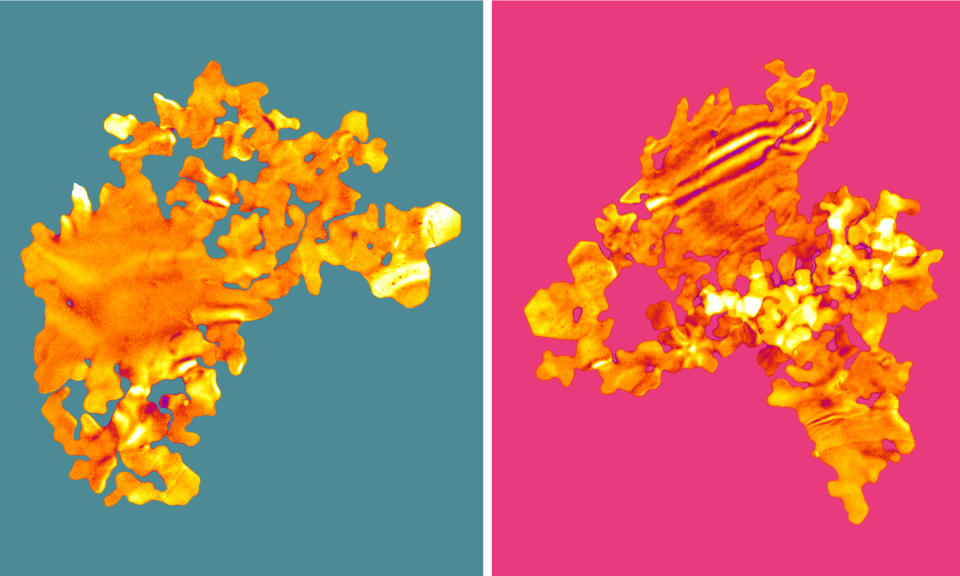Scientists create world's thinnest precious metal (one million times slimmer than a fingernail)

Scientists have created the world’s thinnest precious metal - which is so slim it’s classed as ‘2D gold’.
The thinnest unsupported gold ever created is one million times thinner than a human fingernail.
Researchers at the University of Leeds pulled off the ‘landmark achievement’ after measuring the material to be 0.47 nanometres, or just two atoms thick.
The newly-created precious metal could have wide-scale applications in the medical device and electronics industries – and also as a catalyst to speed up chemical reactions in a range of industrial processes.

Comprising just two layers of atoms sitting on top of one another, the material is regarded as 2D.
All atoms are surface atoms – there are no 'bulk' atoms hidden beneath the surface.
Tests show that the ultra-thin gold is 10 times more efficient as a catalytic substrate than the currently used gold nanoparticles.
READ MORE FROM YAHOO NEWS UK
Rare porpoise species could have weeks left before going extinct, experts say
Prepare for mass flea outbreak in next few weeks, Pets at Home warns
July heatwave ‘would’ve been 3C cooler without climate change’
The nanoparticles currently used are 3D materials with the majority of atoms residing in the bulk rather than at the surface.
The new material could also form the basis of artificial enzymes that could be applied in rapid, point-of-care medical diagnostic tests and in water purification systems, researchers say.
A study published in Advanced Science journal sets out the creation of the ultra-thin metal.

Lead author Dr Sunjie Ye, from Leeds’ molecular and nanoscale physics group, said: 'This work amounts to a landmark achievement.
'Not only does it open up the possibility that gold can be used more efficiently in existing technologies, it is providing a route which would allow material scientists to develop other 2D metals.
Professor Stephen Evans, head of Leeds’ molecular and nanoscale research group, thinks there will inevitably be comparisons made between the 2D gold and the very first 2D material ever created – graphene.
---Watch the latest videos from Yahoo UK---
He said: 'With graphene, people have thought that it could be good for electronics or for transparent coatings – or as carbon nanotubes that could make an elevator to take us into space because of its super strength.
'I think with 2D gold we have got some very definite ideas about where it could be used, particularly in catalytic reactions and enzymatic reactions.
'We know it will be more effective than existing technologies – so we have something that we believe people will be interested in developing with us.'

 Yahoo Finance
Yahoo Finance 